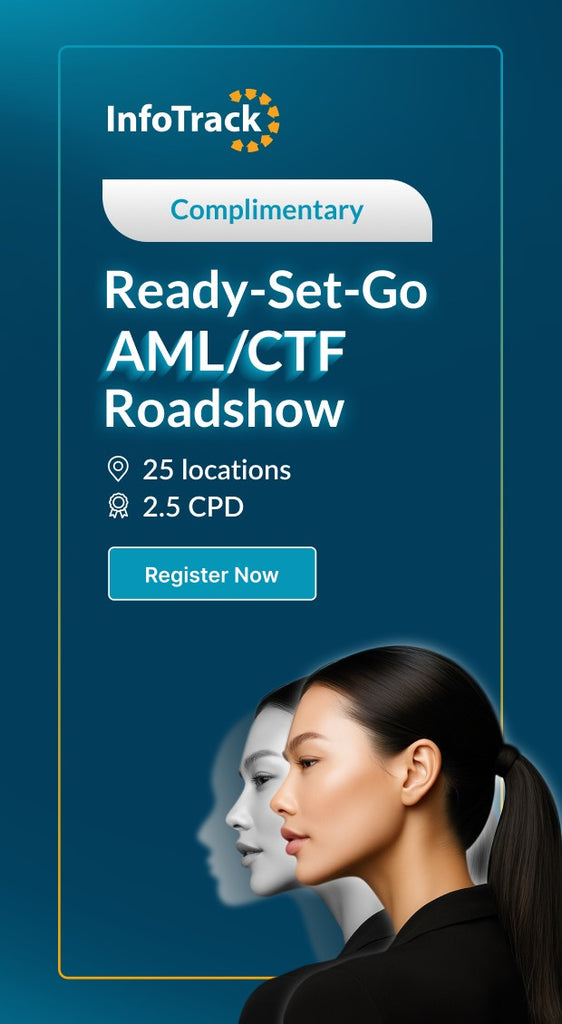
4 Tips for Top-Notch Law Firm Pitches and Proposals
When meeting with firms across the globe, it’s clear all law firms want to make a lasting impression at pitch meetings and when submitting legal services proposals. To consistently prevail, Tony Bleasdale wanted to share key tips we have learned from law firm customers on effective pitches and proposals and how this creates a valuable edge for winning new business. These tips include:
- Accurately target prospects’ specific needs.
- Create highly detailed, more compelling proposals.
- Leverage technology for greater precision and speed.
- Standardise your pitch decks for efficient consistency and uniformity.
Differentiating your firm’s pitches and proposals is more important than ever as the demand for legal services declines and competition rises. Three out of four respondents from BigHand’s latest research report surveying over 800 law firms across North America and the UK currently face declining demand for legal services and expect demand to fall even further in the coming year.
Here’s how implementing these four tips will elevate your law firm's processes for creating top-notch proposals and pitches that win more clients now and in the future.
1. Focus on specific client needs in proposals for legal services
In a market where 28% of small and mid-size law firms focus on building better relationships and better prospect-customer experiences, it’s essential to truly understand a prospective client’s unique challenges and keep their needs at the heart of your pitch and proposal strategy.
Analysing your firm’s timekeeping and billing data helps you identify the most profitable projects and in-demand legal services. Legal data analytics can also show:
- The types of services your current clients are asking for,
- How much clients are willing to pay for legal services,
- How long it takes your firm to complete tasks,
- The resources required to complete each service, and more.
Not only do you gain strategic intelligence, but you can also provide fact-based details to address each prospect’s specific needs. Eliminate guesswork to answer questions authentically and tailor your pitch documents to demonstrate proven ways your firm delivers valuable solutions.
2. Create highly detailed, compelling pitches and proposals
BigHand researchers found that 61% of small and mid-size firms invest in producing more detailed pitching and proposal documents to maintain growth and win new business. With most firms upping their game, prospective clients’ expectations soar when it’s your turn.
In addition, legal clients are more business-savvy and discerning than ever. In fact, 90% of small and mid-size firms say their clients expect a higher standard than ever, adding to the pressure to deliver high-quality pitches and proposals to meet their expectations. Ensure your pitch materials thoroughly explain your firm's capabilities, experience, and approach to tackling legal issues. Include up-to-date details on relevant:
- Practice area, lawyer, and firm accolades
- Matter outcomes and results of legal representation
- Individual qualifications and experience in jurisdictions and industry sectors
- Client testimonials and case studies
Even better, include this information quickly and efficiently by using technology to streamline the process.
3. Leverage technology to streamline your law firm’s pitching and proposal processes.
With nearly seven out of ten small and mid-size law firms incorporating technology into their pitching and proposal processes for increased efficiency, there’s no better time to follow suit and automate the production of proposals and pitch documents.
Integrated technology tools with access to firm data streamline the pitch and proposal creation processes directly in Microsoft Word and PowerPoint. The tools automatically insert the most recent details into your documents, helping you quickly respond to a prospective client’s requests for information. At the same time, you can rest assured your firm presents the most relevant expertise and evidence in a professional and compelling style.
4. Standardize your law firm’s pitch decks and proposal templates
Every proposal should reflect your firm’s unique brand and strengths. Your firm can save hours with standardised pitch decks and proposal templates. Consider developing templates for each practice area that include the most recent details on department lawyers, relevant matter outcomes, accolades, and so on. Then, encourage individuals to further customise pitches and proposals to target the needs of each prospect.
Ensure everyone starts the pitch and proposal process with a standardised template for your firm to consistently produce high-quality, professional proposals with the most appealing details.
We hope these tips help you and your firm. Are you ready to make a lasting impression and win new clients by mastering the art of legal services pitch and proposal creation? Contact one of our experts and arrange a demonstration of the BigHand Pitching and Proposals management tool. This easy-to-implement, easy-to-use, affordable solution delivers a consistently compelling experience for you and your prospective clients.
Declining demand is forecasted to continue, and standing out with your pitches and proposals is one way to adapt to these new market dynamics. A more polished and professional approach is needed to make an impact on prospective clients.

Tony Bleasdale – Managing Director Document, Business Productivity and APAC.
Read also: Law Firms Pricing Optimised with BigHand’s AI Release





